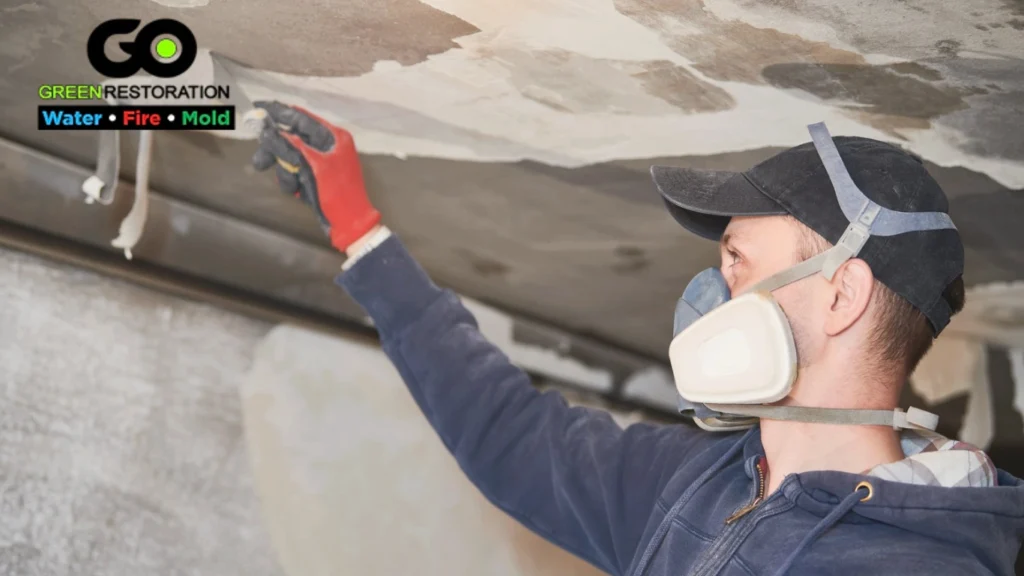Ancient civilizations faced many of the same challenges modern homeowners experience when dealing with water intrusion. Without the advantage of modern technology, they relied on natural barriers, canals, and elevated structures to prevent widespread damage. In Mesopotamia, early engineers created irrigation channels to divert floodwaters from homes and agricultural fields. Similarly, the Egyptians built large reservoirs and drainage systems to control the seasonal overflow of the Nile. These innovations marked the earliest forms of water damage restoration, allowing communities to recover more efficiently after heavy rains or river surges.
Structural Adaptations for Flood Resilience
To minimize long-term water damage, many civilizations designed their homes and buildings with protective features. In ancient China, stilted architecture helped communities living near rivers avoid flood-related destruction. The Greeks and Romans, known for their advanced engineering, developed aqueducts and underground drainage tunnels that prevented standing water from eroding city foundations. By incorporating these strategies, early societies laid the groundwork for modern flood-resistant construction techniques used in contemporary water damage restoration efforts.
Manual Water Extraction and Drying Methods
Before the invention of mechanical pumps, ancient people relied on manual labor to remove excess water from homes and public spaces. Clay pots, wooden buckets, and primitive siphoning techniques were used to drain flooded areas. Sun-drying and fire-based heating methods helped evaporate moisture, reducing the risk of mold growth and structural decay. While these methods were slow and labor-intensive, they represent the earliest attempts at moisture control—an essential step in the evolution of water damage restoration practices.
How Historical Practices Influence Modern Restoration
The strategies developed by early civilizations have shaped the restoration industry as it exists today. Innovations in moisture control, flood mitigation, and structural reinforcement continue to evolve, borrowing from historical techniques while integrating advanced technology. Smart leak detection, high-powered water extraction, and industrial dehumidification now allow restoration professionals to address damage efficiently. The need to adapt to environmental challenges has remained constant, proving that even the earliest societies understood the importance of protecting structures from water-related destruction.
Learn more:
Early Water Extraction Techniques and Their Impact on Modern Restoration

